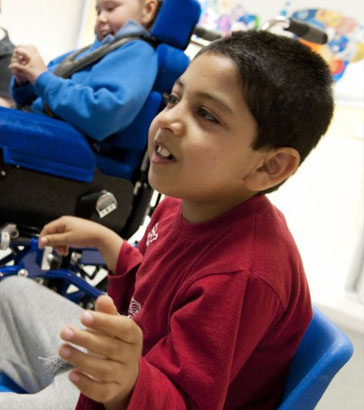
The majority of typically developing children learn to speak easily and grammatically correctly in their home language without any direct instruction. The average five-year-old knows at least 2,000 words.
In their interactions with young children parents use strategies instinctively which develop oracy:
- They interpret, repeat, support, extend, provide models of speech in situations as they occur; and
- They expose their children to the full range of purposes and models of language.

Features of parents' interaction with babies include:
- Babble – modelling sounds that are accessible for a young child, eg 'ba-ba-ba-ba-b-BA!'.
- Utterances – using short, simple, better formed utterances.
- Specialised speech – using speech which is slower, more articulated, higher and more varied in pitch.
- Collaborative language – using 'let's' or 'shall we' instead of giving orders; and
- Vocabulary – using a more limited vocabulary and replacing pronouns by proper nouns or kin terms, eg 'Let mummy do that'.
Notice how in this video clip, Catherine, the teacher reflects Roisin's babble back to her, as well as extending her language.
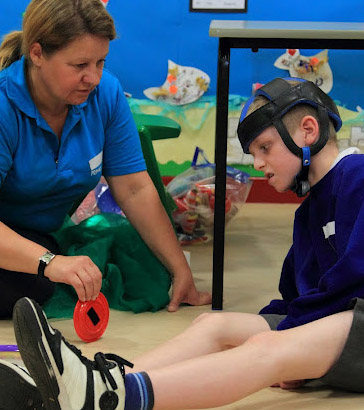
Unlike many of their typically developing peers, children with SLD/PMLD/CLDD will not necessarily absorb and learn language spontaneously 'by osmosis'.
Children with speech, language and communication difficulties will need:
- Focused opportunities to learn aspects of communication.
- Planned opportunities to apply these in meaningful contexts.
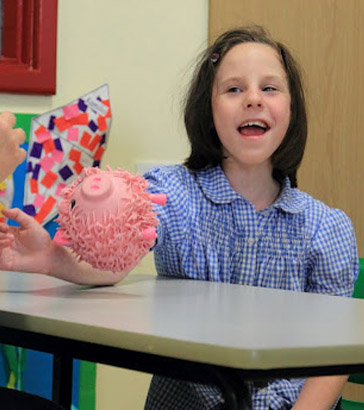
As an infant's vocal control develops, parents will sometimes simplify words, eg 'tum' for 'come' or 'bic-it' for biscuit in order to encourage an approximation from the young child.
In an educational context too, it is important to accept and value children's early approximations of words.
Like parents, teachers should also model the correct form, but with children with learning difficulties, teachers also need to be aware of any limitations in the child's ability to articulate.
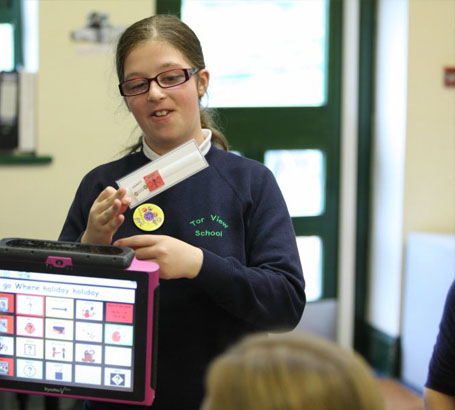
Many children with SLD/PMLD/CLDD will not develop fluent conventional speech, or may choose not to speak even if capable, perhaps for their entire lives.
Where articulation is a long-term problem, the use of other modes of communication, eg pointing, signing or other AAC might help the child to be understood more easily by others.
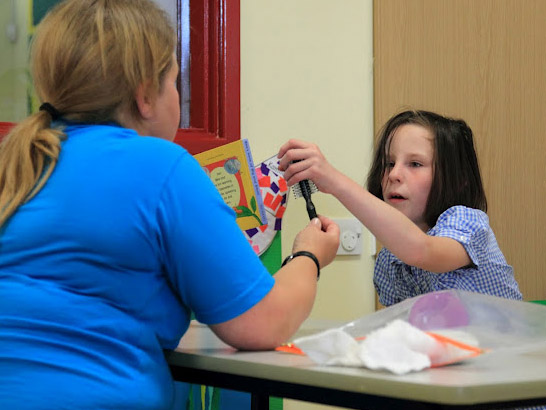
Usually, understanding of language develops sooner than expression. Children with learning difficulties may understand more than they show, so it is important not to make assumptions.
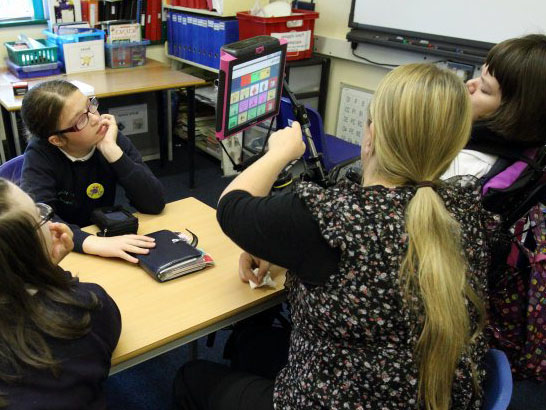
Some children with quite good comprehension of spoken language will have difficulty with interpreting the subtleties of communication, eg figurative language or irony. This may be a particular problem for children with autistic spectrum conditions.
